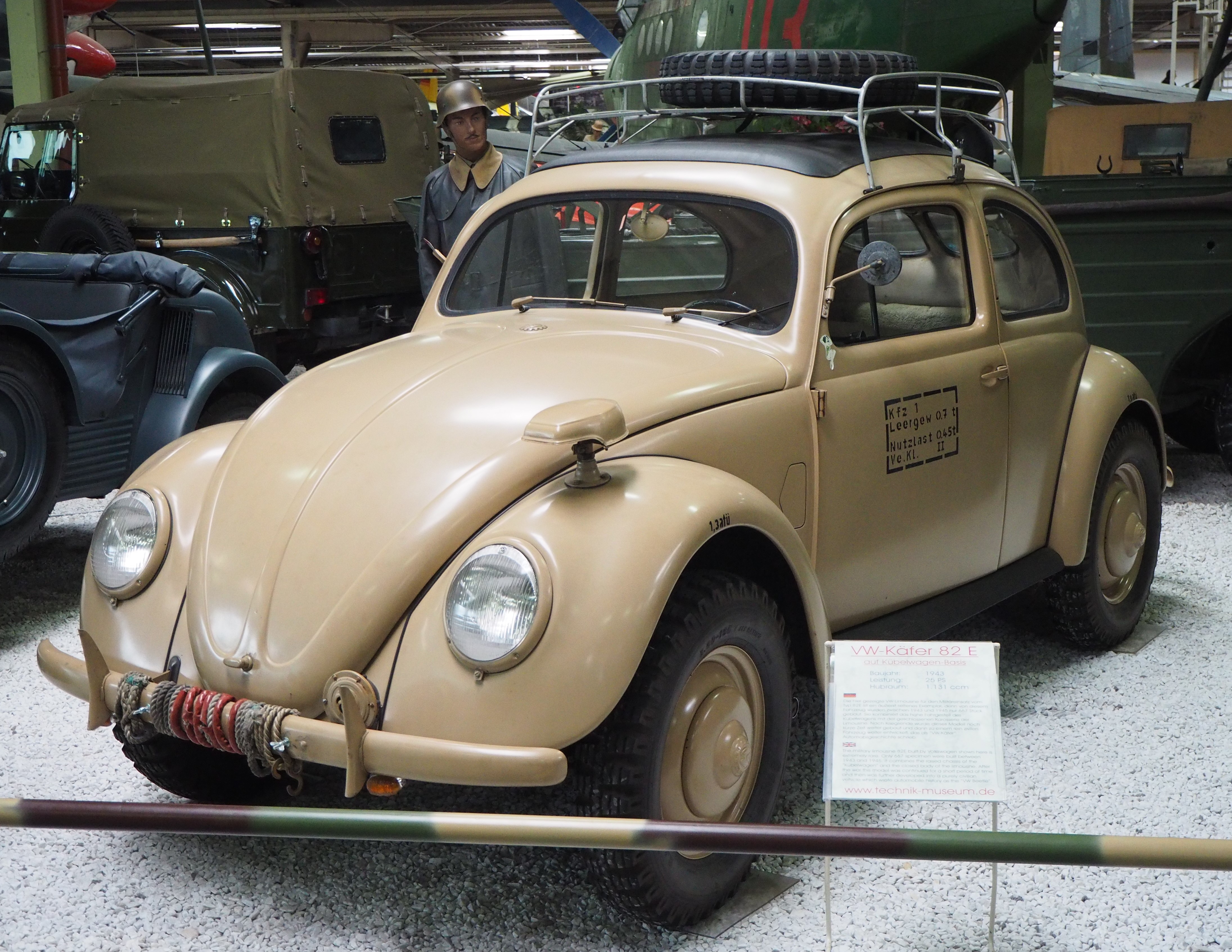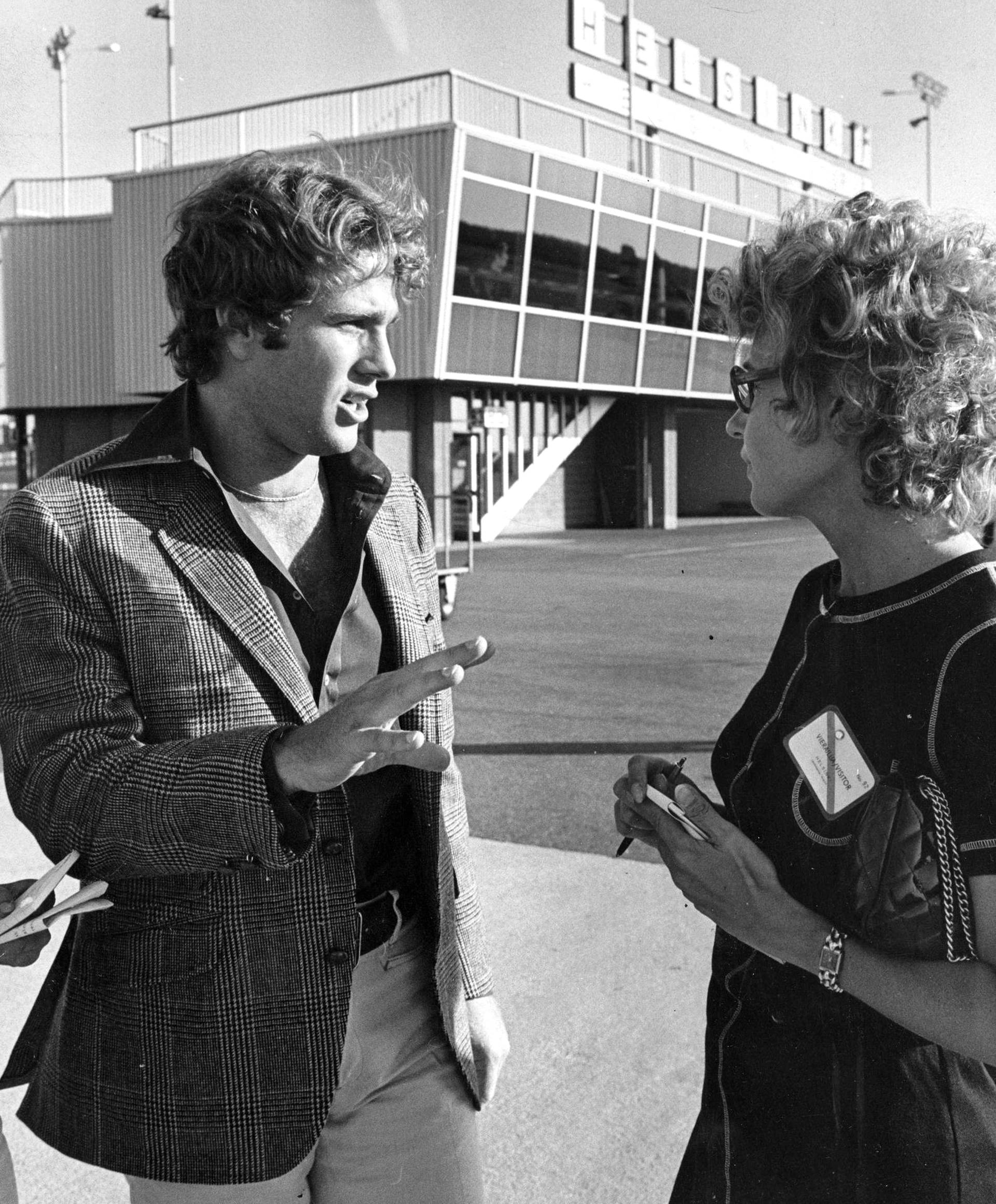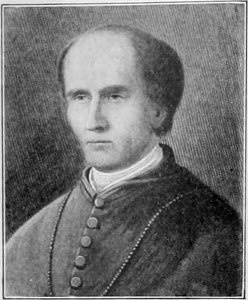|
Saints Peter And Paul Church, San Francisco
Saints Peter and Paul Church (, ) is a Catholic church in San Francisco's North Beach neighborhood. Located at 666 Filbert Street, it is directly across from Washington Square and is administered by the Salesians of Don Bosco. It is known as "la cattedrale italiana dell'Ovest", or ''the Italian Cathedral of the West'' (the use of the word "Cathedral" is merely colloquial, not an official designation), and has served as the home church and cultural center for San Francisco's Italian-American community since its consecration. It offers English, Italian, and Cantonese-language services. History The first Saints Peter and Paul Church, built in 1884 on the corner of Filbert Street and Grant Avenue, was destroyed by the Great Quake of 1906. Construction on the current building was completed in 1924. During 1926–27, the church was the target of radical anti-Catholic anarchists, who, in the name of propaganda of the deed, instituted five separate bombing attacks against the build ... [...More Info...] [...Related Items...] OR: [Wikipedia] [Google] [Baidu] |
Filbert Street (San Francisco)
Filbert Street is an east–west street on the north side of San Francisco, California. Its western end is at Lyon Street on the east edge of Presidio of San Francisco, The Presidio and, spanning eastward, it crosses several large thoroughfares, including Van Ness Avenue (San Francisco), Van Ness Avenue and Columbus Avenue, and ends its drivable length at Kearny Street, on Telegraph Hill, San Francisco, Telegraph Hill below Coit Tower. East of Kearny Street, it becomes a series of pedestrian step streets and walkways, with the exception of a small parking area west of Sansome Street. The most notable section of this part of Filbert Street is the Filbert Street Steps, running down the east side of Telegraph Hill. The easternmost length of Filbert Street is a walkway through Levi's Plaza ending at The Embarcadero (San Francisco), The Embarcadero. The Filbert Street Steps, a step street, descend the east slope of Telegraph Hill along the line where Filbert Street would be if the hi ... [...More Info...] [...Related Items...] OR: [Wikipedia] [Google] [Baidu] |
Cantonese
Cantonese is the traditional prestige variety of Yue Chinese, a Sinitic language belonging to the Sino-Tibetan language family. It originated in the city of Guangzhou (formerly known as Canton) and its surrounding Pearl River Delta. While the term ''Cantonese'' specifically refers to the prestige variety, in linguistics it has often been used to refer to the entire Yue subgroup of Chinese, including related but partially mutually intelligible varieties like Taishanese. Cantonese is viewed as a vital and inseparable part of the cultural identity for its native speakers across large swaths of southeastern China, Hong Kong and Macau, as well as in overseas communities. In mainland China, it is the ''lingua franca'' of the province of Guangdong (being the majority language of the Pearl River Delta) and neighbouring areas such as Guangxi. It is also the dominant and co-official language of Hong Kong and Macau. Furthermore, Cantonese is widely spoken among overseas Chinese in ... [...More Info...] [...Related Items...] OR: [Wikipedia] [Google] [Baidu] |
Volkswagen Beetle
The Volkswagen Beetle, officially the Volkswagen Type 1, is a small family car produced by the German company Volkswagen from 1938 to 2003. One of the most iconic cars in automotive history, the Beetle is noted for its distinctive shape. Its production period of 65 years is the longest of any single generation of automobile, and its total production of over 21.5 million is the most of any car of a single car platform, platform. The Beetle was conceived in the early 1930s. The leader of Nazi Germany, Adolf Hitler, decided there was a need for a ''people's car''—an inexpensive, simple, mass-produced car—to serve Germany's new road network, the ''Reichsautobahn''. The German engineer Ferdinand Porsche and his design team began developing and designing the car in the early 1930s, but the fundamental design concept can be attributed to Béla Barényi in 1925, predating Porsche's claims by almost ten years. The result was the Volkswagen Type 1 and the introduction of the Volkswage ... [...More Info...] [...Related Items...] OR: [Wikipedia] [Google] [Baidu] |
Ryan O'Neal
Charles Patrick Ryan O'Neal (April 20, 1941 – December 8, 2023) was an American actor. Born in Los Angeles, he trained as an amateur boxer before beginning a career in acting in 1960. In 1964, he landed the role of Rodney Harrington on the ABC nighttime soap opera '' Peyton Place''. It was an instant hit and boosted O'Neal's career. He later found success in films, most notably in the romantic drama '' Love Story'' (1970), for which he was nominated for the Academy Award for Best Actor and the Golden Globe Award for Best Actor – Motion Picture Drama; Peter Bogdanovich's '' What's Up, Doc?'' (1972); '' Paper Moon'' (1973), which earned him a nomination for the Golden Globe Award for Best Actor – Motion Picture Musical or Comedy; Stanley Kubrick's ''Barry Lyndon'' (1975), in which he portrayed the titular character; Richard Attenborough's '' A Bridge Too Far'' (1977); and Walter Hill's ''The Driver'' (1978). From 2006 to 2017, he had a recurring role in the Fox televi ... [...More Info...] [...Related Items...] OR: [Wikipedia] [Google] [Baidu] |
Barbra Streisand
Barbara Joan "Barbra" Streisand ( ; born April 24, 1942) is an American singer, actress, songwriter, producer, and director. With a career spanning over six decades, she has achieved success across multiple fields of entertainment, being the first performer to earn EGOT, Emmy, Grammy, Oscar, and Tony awards. Streisand's career began in the early 1960s performing in nightclubs and Broadway theaters. Following guest appearances on various television shows, she signed to Columbia Records—retaining full artistic control in exchange for accepting lower pay, an arrangement that continued throughout her career. Her studio debut, ''The Barbra Streisand Album'' (1963), won the Grammy Award for Album of the Year. Throughout her recording career, Streisand has amassed a total of 31 RIAA certification, RIAA platinum-certified albums, including ''People (Barbra Streisand album), People'' (1964), ''The Way We Were (Barbra Streisand album), The Way We Were'' (1974), ''Guilty (Barbra Strei ... [...More Info...] [...Related Items...] OR: [Wikipedia] [Google] [Baidu] |
What's Up, Doc? (1972 Film)
''What's Up, Doc?'' is a 1972 American screwball comedy film directed by Peter Bogdanovich, and starring Barbra Streisand and Ryan O'Neal. It was intended to pay homage to comedy films of the 1920s, '30s, and '40s, especially ''Bringing Up Baby'' and Warner Bros. Bugs Bunny cartoons. ''What's Up, Doc?'' was a success, and became the third highest-grossing film of 1972. It won the Writers Guild of America (WGA) 1973 " Best Comedy Written Directly for the Screen" award for Buck Henry, David Newman, and Robert Benton. ''What's Up, Doc?'' was ranked number 61 on the list of the 100 greatest American comedies published by the American Film Institute (AFI), number 68 on the AFI's list of 100 greatest love stories in American cinema, and number 58 on the list of the WGA's 101 Funniest Screenplays published by the Writers Guild of America. The film was very loosely based on the 1971 novel '' A Glimpse of Tiger'' by Herman Raucher – only a few character traits were used. Plot Dr. ... [...More Info...] [...Related Items...] OR: [Wikipedia] [Google] [Baidu] |
The Ten Commandments (1923 Film)
''The Ten Commandments'' is a 1923 American silent religious epic film produced and directed by Cecil B. DeMille. Written by Jeanie MacPherson, the film is divided into two parts: a prologue recreating the biblical story of the Exodus and a modern story concerning two brothers and their respective views of the Ten Commandments. Lauded for its "immense and stupendous" scenes, use of Technicolor process 2, and parting of the Red Sea sequence, the expensive film proved to be a box-office hit upon release. It is the first in DeMille's biblical trilogy, followed by '' The King of Kings'' (1927) and '' The Sign of the Cross'' (1932). ''The Ten Commandments'' is one of many works from 1923 that entered the public domain in the United States in 2019. Plot The film has two parts: the Prologue, the epic tale of Moses; and the Story, in a modern setting and involving living by the Ten Commandments. The prologue The opening statement explains that modern society mocked Jude ... [...More Info...] [...Related Items...] OR: [Wikipedia] [Google] [Baidu] |
The Dead Pool
''The Dead Pool'' is a 1988 American action-thriller film directed by Buddy Van Horn, written by Steve Sharon, and starring Clint Eastwood as Inspector "Dirty" Harry Callahan. It is the fifth and final film in the ''Dirty Harry'' film series and is set in San Francisco, California. The story concerns the manipulation of a dead pool game by a serial killer, whose efforts are confronted by the hardened detective Callahan. It co-stars Liam Neeson (in his first action film) and Patricia Clarkson, with Jim Carrey in his first dramatic role. The film also features an appearance by future Mario voice actor Charles Martinet. It is the only film in the series not to feature Albert Popwell, an actor who had played a different character in each of the previous four films, as well as the only one to be recorded in Dolby Stereo. At 91 minutes, it is the shortest of the five ''Dirty Harry'' films. Like those films, ''The Dead Pool'' is notable for coining catchphrases uttered by Clint ... [...More Info...] [...Related Items...] OR: [Wikipedia] [Google] [Baidu] |
Dirty Harry
''Dirty Harry'' is a 1971 American action-thriller film produced and directed by Don Siegel, the first in the Dirty Harry (film series), ''Dirty Harry'' series. Clint Eastwood plays the title role, in his first appearance as San Francisco Police Department (SFPD) Inspector#Municipal police, Inspector Dirty Harry (character), "Dirty" Harry Callahan. The film drew upon the real-life case of the Zodiac Killer as the Callahan character seeks out a similar vicious psychopath. ''Dirty Harry'' was a critical and commercial success and set the style for a whole genre of police films. It was followed by four sequels: ''Magnum Force'' in 1973, ''The Enforcer (1976 film), The Enforcer'' in 1976, ''Sudden Impact'' in 1983, and ''The Dead Pool'' in 1988. In 2012, the film was selected for preservation in the United States National Film Registry by the Library of Congress as being "culturally, historically, and aesthetically significant". Plot A psychopathic sniper, later referred to as ... [...More Info...] [...Related Items...] OR: [Wikipedia] [Google] [Baidu] |
Clint Eastwood
Clinton Eastwood Jr. (born May 31, 1930) is an American actor and film director. After achieving success in the Western (genre), Western TV series ''Rawhide (TV series), Rawhide'', Eastwood rose to international fame with his role as the "Man with No Name" in Sergio Leone's ''Dollars Trilogy'' of spaghetti Westerns during the mid-1960s and as antihero cop Dirty Harry (character), Harry Callahan in the five ''Dirty Harry (film series), Dirty Harry'' films throughout the 1970s and 1980s. These roles, among others, have made Eastwood an enduring cultural icon of masculinity. Elected in 1986, Eastwood served for two years as the mayor of Carmel-by-the-Sea, California. Eastwood's greatest commercial successes are the adventure comedy ''Every Which Way but Loose'' (1978) and its action comedy sequel ''Any Which Way You Can'' (1980). Other popular Eastwood films include the Westerns ''Hang 'Em High'' (1968), ''The Outlaw Josey Wales'' (1976) and ''Pale Rider'' (1985), the action-wa ... [...More Info...] [...Related Items...] OR: [Wikipedia] [Google] [Baidu] |
Archdiocese Of San Francisco
The Archdiocese of San Francisco (Latin: ''Archdiœcesis Sancti Francisci''; Spanish: ''Arquidiócesis de San Francisco'') is a Latin Church ecclesiastical territory or diocese of the Catholic Church in the northern California region of the United States. The Archdiocese of San Francisco was erected on July 29, 1853, by Pope Pius IX. Its cathedral is the Cathedral of Saint Mary of the Assumption. Territory The Archdiocese of San Francisco covers San Francisco, Marin County, and San Mateo County. It is the metropolitan see of a province that includes the following suffragan dioceses: * Diocese of Honolulu * Diocese of Oakland * Diocese of San Jose * Diocese of Santa Rosa * Diocese of Sacramento * Diocese of Stockton History 1776 to 1853 The first Catholic church in the Archdiocese of San Francisco is older than the archdiocese itself; Mission San Francisco de Asís (Mission Dolores) was founded in 1776, by Franciscan Friars. The friars built the current mission buildin ... [...More Info...] [...Related Items...] OR: [Wikipedia] [Google] [Baidu] |






